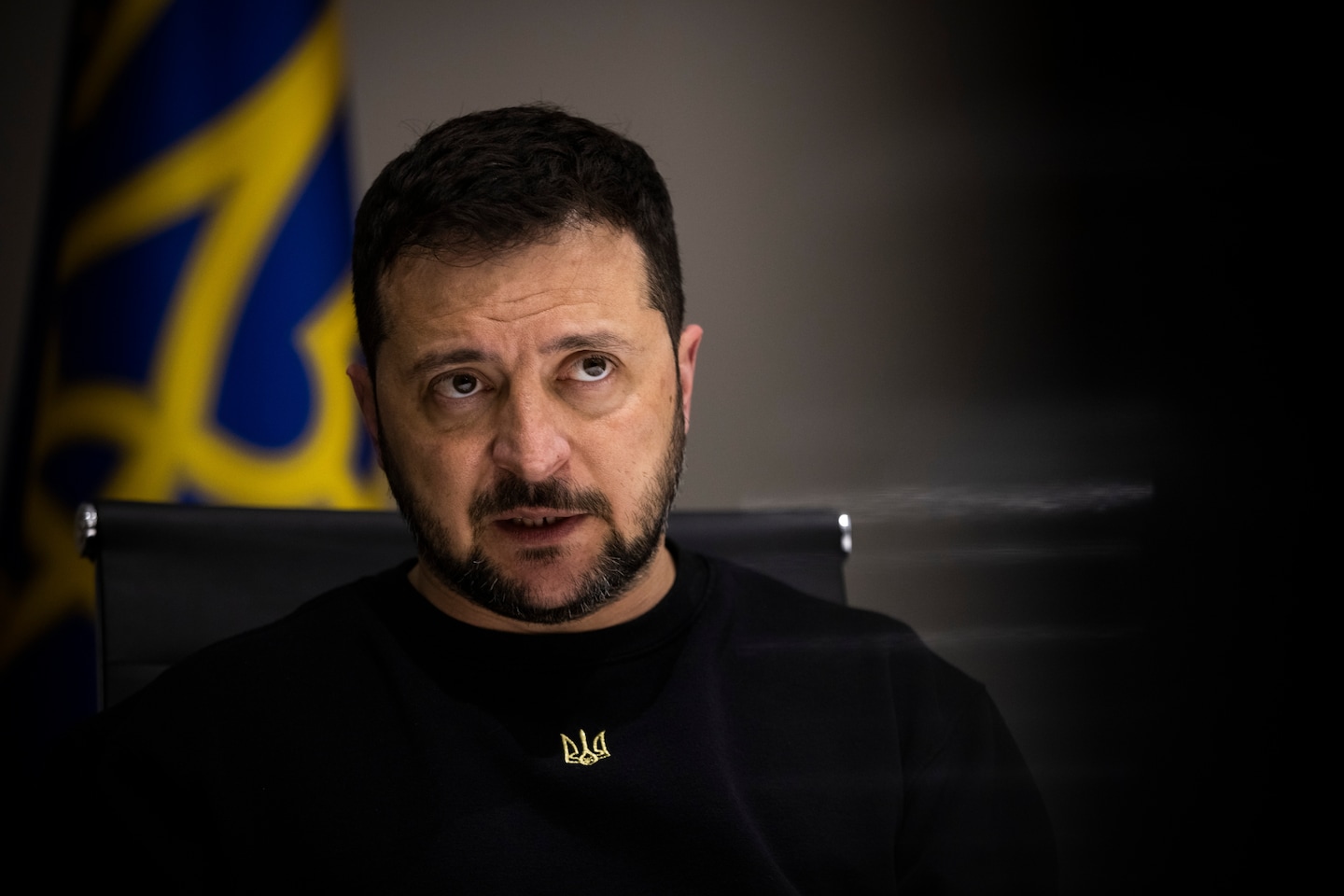Blood
Ukraine live briefing: Zelensky condemns deadly Russian strike on blood transfusion center
A deadly Russian airstrike blitzed a blood transfusion center in the northeastern Kharkiv region, Ukrainian President Volodymyr Zelensky said late Saturday, hours after a sea drone hit a Russian oil tanker near occupied Crimea. Ukraine has not claimed responsibility for two consecutive days of naval strikes on Russian properties, but official sources have said both were carried out by the country’s navy and SBU intelligence service.
Here’s the latest on the war and its ripple effects across the globe.
Key developments
Zelensky called the strike on the blood transfusion center in the city of Kupyansk a “war crime” and said there were reports of dead and wounded after a Russian-guided aerial bomb set the building ablaze. A photo shared on his Telegram page showed a roofless structure lit up in flames against an orange night sky.
The Sig oil tanker that was attacked on Saturday was damaged but remained afloat and with no casualties, Russia’s water transport agency said on Telegram. The attack came one day after a strike on the Russian port of Novorossiysk, which a Ukrainian official said had damaged a Russian warship. Russian Foreign Ministry spokesperson Maria Zakharova condemned the actions as “barbaric” and said they “will not remain without a response,” Russia’s state-run Tass news agency reported.
Representatives gathered in Jeddah, Saudi Arabia, from at least 40 countries are expected to continue talks Sunday on the war, including Ukraine, South Africa, Mexico, Egypt and Indonesia. The summit is largely seen as a diplomatic push by Ukraine to grow partnerships beyond its established circle of Western supporters. Zelensky said that it was “very important” for bilateral negotiations to take place on the sidelines.
Global impact
A U.N. official said she was shocked at the level of destruction wrought by Russian strikes on Ukrainian grain storage facilities in Izmail last week. Denise Brown, a U.N. humanitarian coordinator for Ukraine, said that the amount of grain spoiled would have been enough to feed 66 million people per day and that the attack Wednesday “may constitute a grave violation of international humanitarian law.”
The United States is the leading financial supporter of Ukraine’s fight against Russia, committing more than $60 billion in aid since the beginning of Moscow’s full-scale invasion in February 2022. The Washington Post took a look at the amount of U.S. spending that is powering Ukraine’s defense.
From our correspondents
Ukraine’s elite forces are relying on technology to strike behind enemy lines: Minefields and fortified Russian defenses are stalling some Ukrainian fighters on the front lines, so a special few are working from behind the lens of virtual-reality glasses instead, Isabelle Khurshudyan, Sasha Maslov and Kamila Hrabchuk report.
Last month, a three-man team successfully directed a drone to hit their target — a cluster of antennas in a town occupied by Russian troops. The drone, made of Styrofoam-like material and costing $1,500, crashed into one of the antennas, detonating on contact.
That sort of operation has become a trademark of special forces units such as the Security Service of Ukraine’s “A” — or Alpha — division, which recently granted Washington Post journalists rare access to their teams assisting regular military brigades in Ukraine’s counteroffensive, which now stretches across the country’s southeast.

